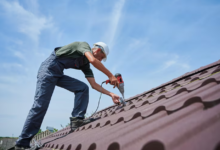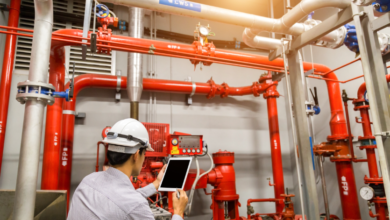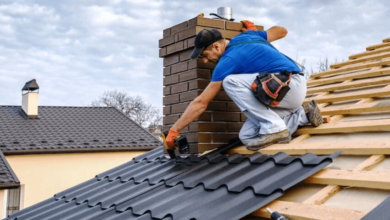Revolutionizing Windows: Cutting-Edge Technologies for Modern Homes

In the realm of home improvement, windows are often overlooked despite their significant impact on a home’s energy efficiency, aesthetic appeal, and overall comfort. Recent advancements in window technology are transforming the way we think about this crucial component of modern homes. From energy-saving features to innovative design improvements, these cutting-edge technologies are setting new standards in the industry. This article explores the latest advancements in window technology, focusing on energy saving windows and the general evolution of window design.
Energy-Saving Windows
The pursuit of energy efficiency in home construction and renovation has led to significant innovations in window technology. Energy-saving windows, also known as high-performance or energy-efficient windows, are designed to minimize heat transfer, thereby reducing the energy needed for heating and cooling.
Advanced Glazing Technologies
One of the most notable advancements in energy-saving windows is the development of advanced glazing technologies. Multi-pane windows, which include double and triple glazing, have become standard. These windows feature multiple layers of glass separated by gas-filled spaces, typically argon or krypton. The gases act as insulators, enhancing the window’s thermal performance by reducing heat transfer between the inside and outside of the home.
Low-E Coatings
Low-emissivity (Low-E) coatings are another breakthrough in window technology. These microscopic layers of metal or metallic oxide are applied to the surface of the glass to reflect infrared light, keeping heat inside during the winter and outside during the summer. By reflecting harmful UV rays, Low-E coatings also protect interior furnishings from fading, contributing to long-term cost savings and enhanced comfort.
Warm Edge Spacers
The introduction of warm edge spacers has further improved the performance of energy-saving windows. Traditional spacer bars, used to separate panes of glass, often conducted heat, leading to condensation and reduced energy efficiency. Warm edge spacers, made from materials with low thermal conductivity, minimize heat loss at the edges of the window, enhancing overall thermal performance and reducing the risk of condensation.
Windows: A Comprehensive Evolution
While energy-saving features are a significant aspect of modern window technology, the evolution of windows extends beyond their energy performance. Contemporary windows are designed with an emphasis on durability, aesthetics, and functionality.
Materials and Durability
The materials used in window manufacturing have also evolved. Traditional wood frames, though aesthetically pleasing, require regular maintenance to prevent deterioration. Today, composite materials and advanced vinyl frames offer greater durability, lower maintenance requirements, and improved thermal performance. These materials are resistant to warping, cracking, and fading, ensuring that windows maintain their appearance and functionality over time.
Innovative Design Features
Modern windows are not just about energy efficiency but also about enhancing the living experience. Features such as integrated blinds, which are sealed between panes of glass, offer added convenience and privacy without the need for external cleaning. Additionally, windows with advanced locking mechanisms and impact-resistant glass provide increased security and safety for homeowners.
Smart Window Technology
Smart window technology is an exciting development in the industry. These windows can be electronically tinted or adjusted to control the amount of light and heat entering a room. This capability allows homeowners to optimize their indoor environment dynamically, responding to changes in weather conditions or personal preferences. Some smart windows are even equipped with sensors that adjust the tint based on the amount of sunlight, further enhancing energy efficiency.
Sustainability and Environmental Impact
The shift towards sustainability has also influenced window technology. Manufacturers are increasingly focused on using recycled materials and minimizing waste during production. Energy-efficient windows contribute to a reduced carbon footprint by lowering the energy consumption of homes. Additionally, many modern windows are designed to be fully recyclable, aligning with broader environmental goals.
Conclusion
The revolution in window technology reflects a broader trend towards enhanced energy efficiency, durability, and functionality in modern homes. Energy-saving windows, with their advanced glazing technologies, Low-E coatings, and warm edge spacers, exemplify the strides made in improving thermal performance and reducing energy costs. Meanwhile, the evolution of window design, including innovations in materials, smart technology, and sustainability, highlights the ongoing commitment to enhancing the living experience for homeowners.
As these cutting-edge technologies continue to evolve, they promise to further transform the role of windows in home design and construction. Embracing these advancements allows homeowners to enjoy greater comfort, lower energy bills, and a reduced environmental impact, marking a significant step forward in modern residential architecture.






